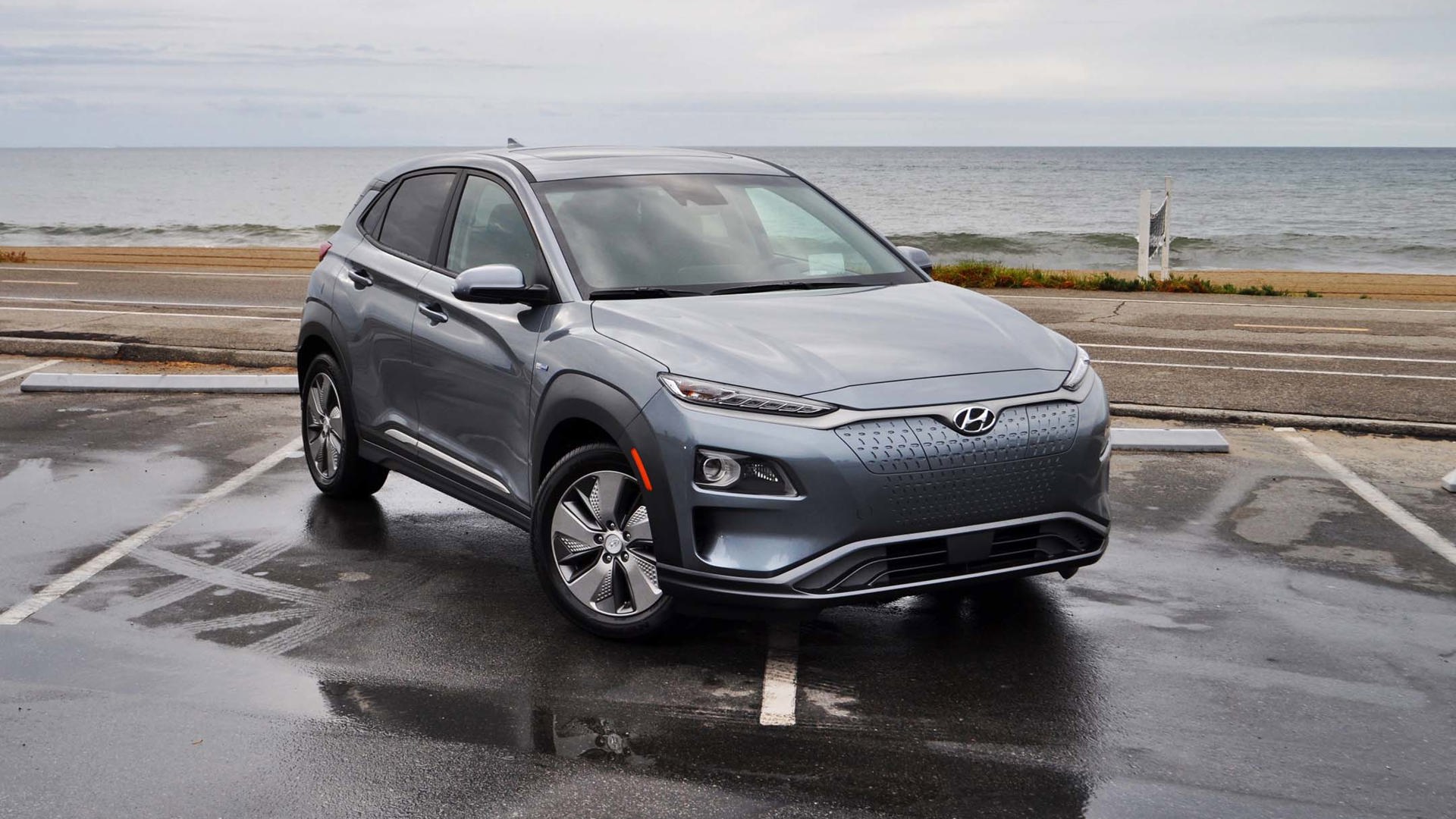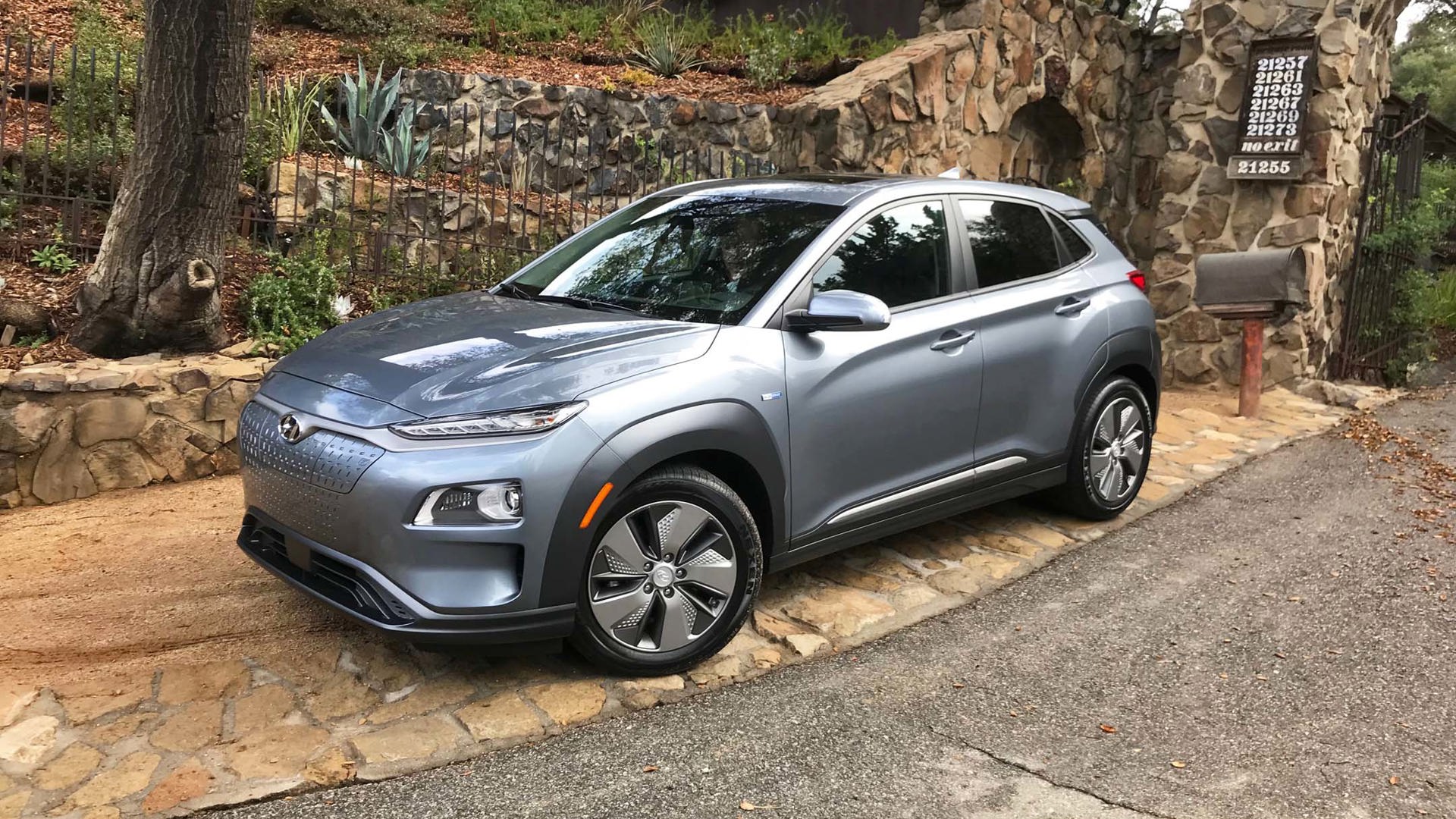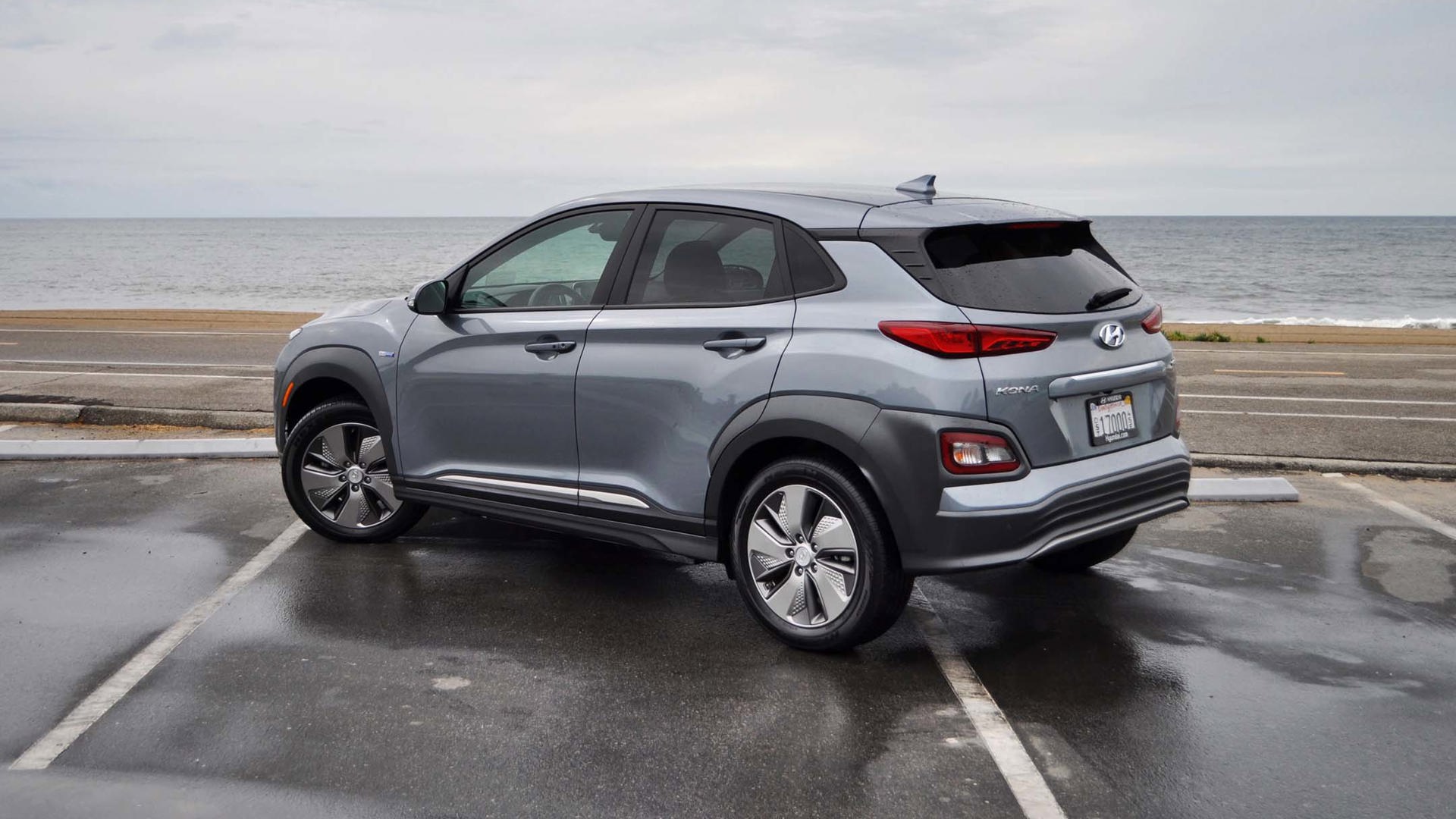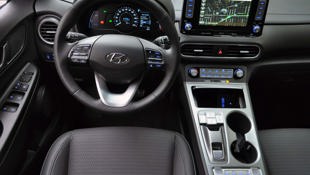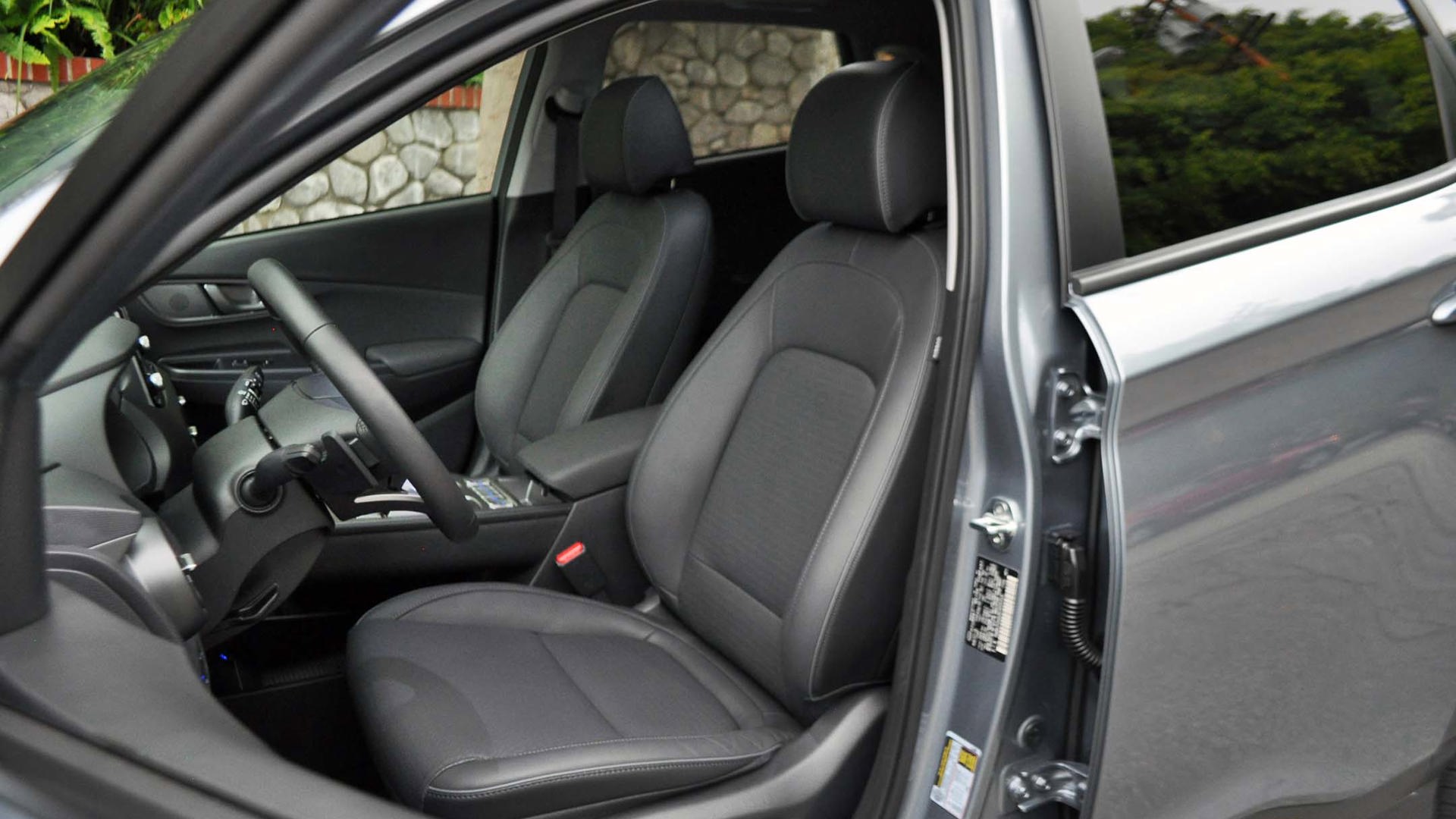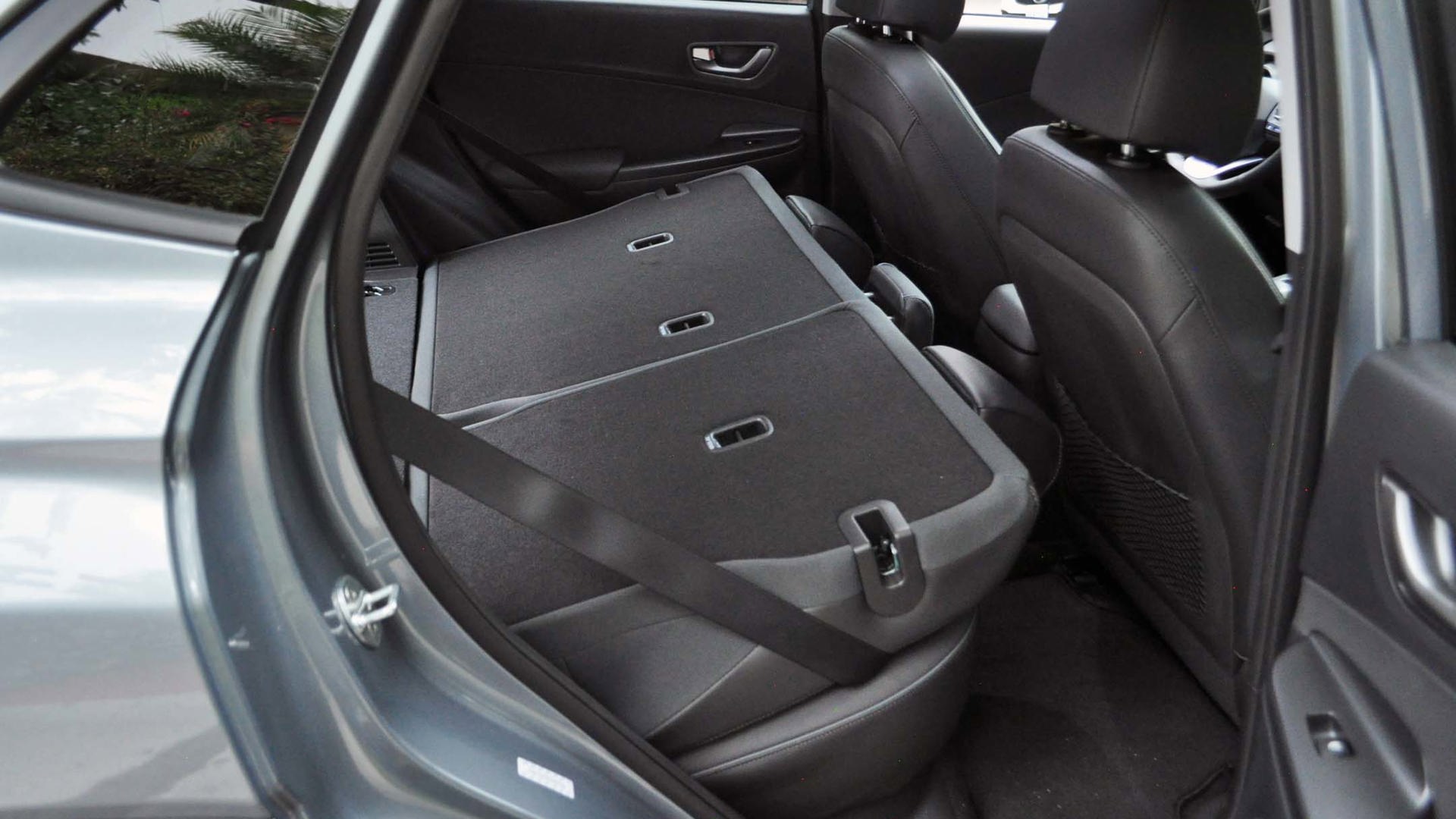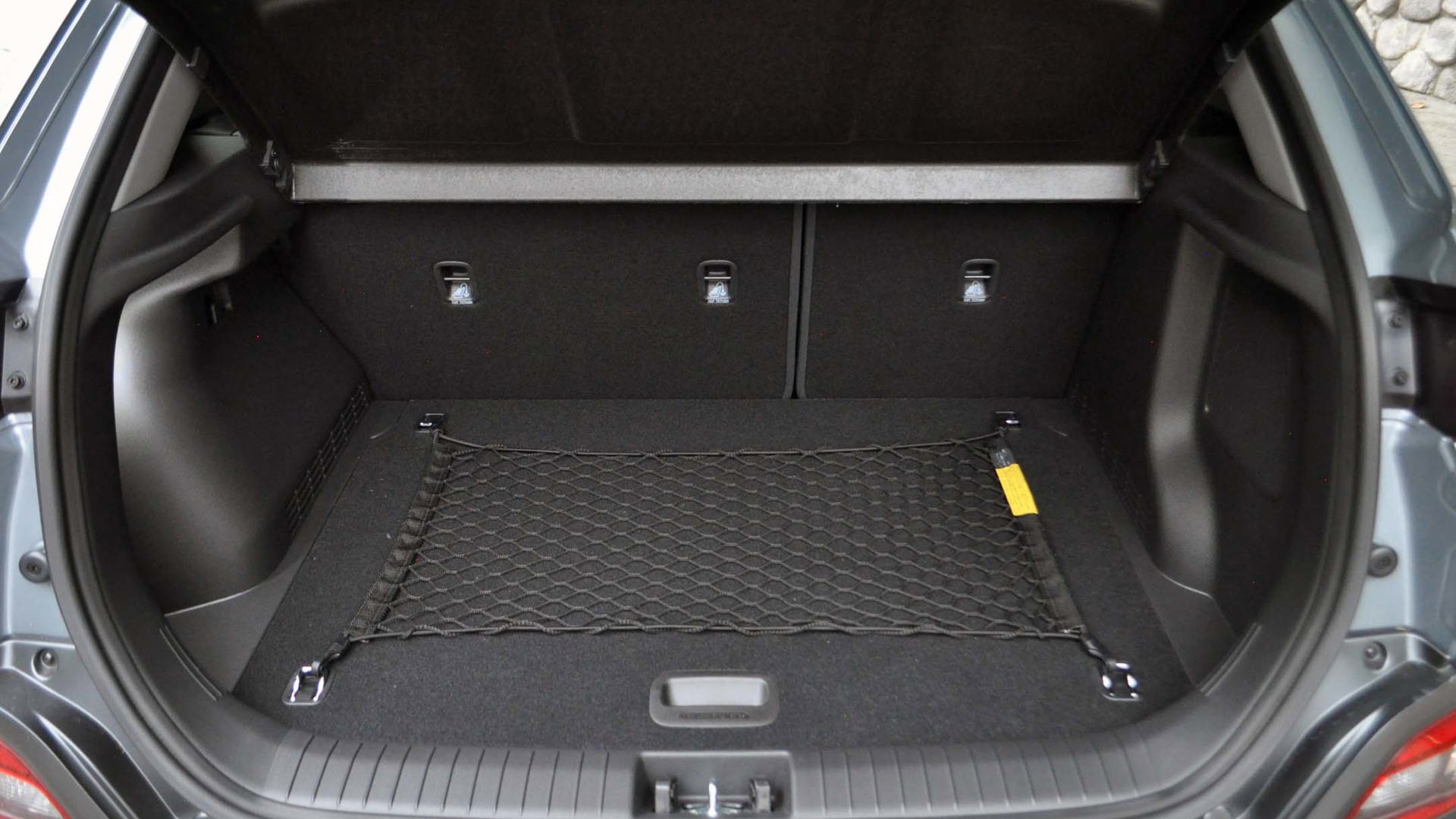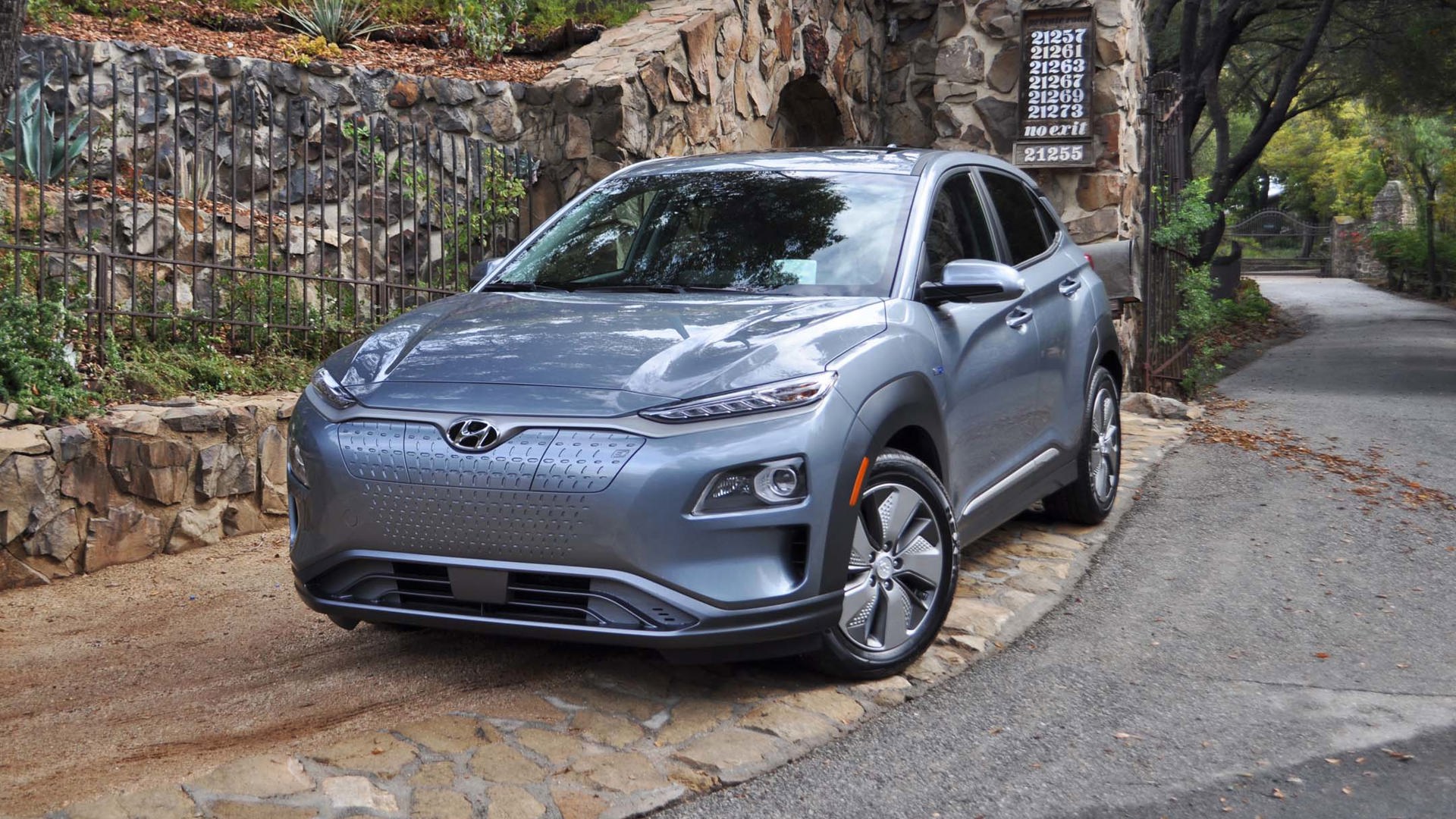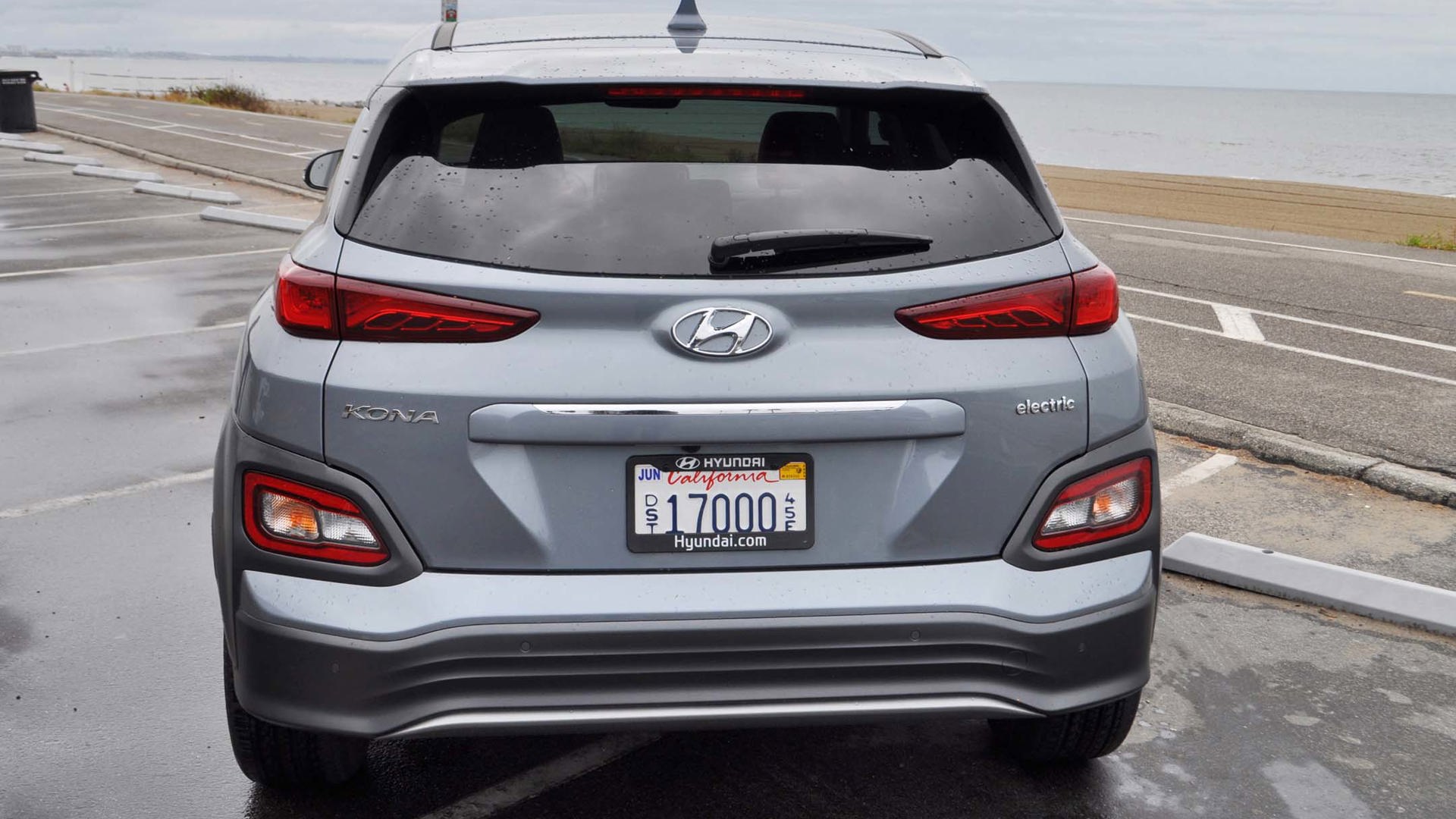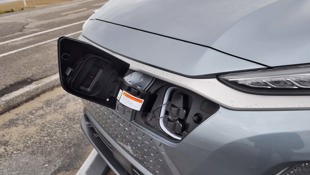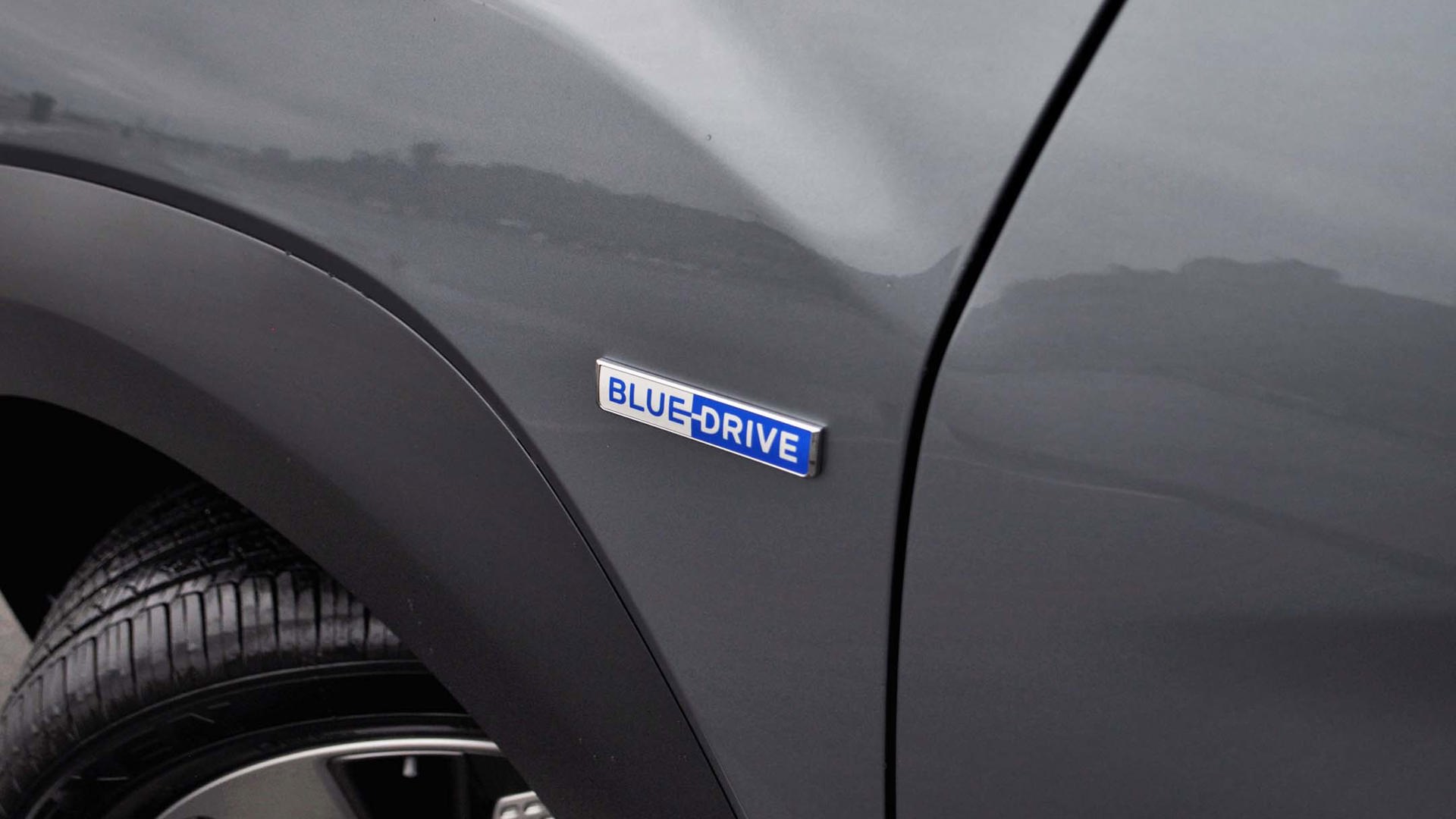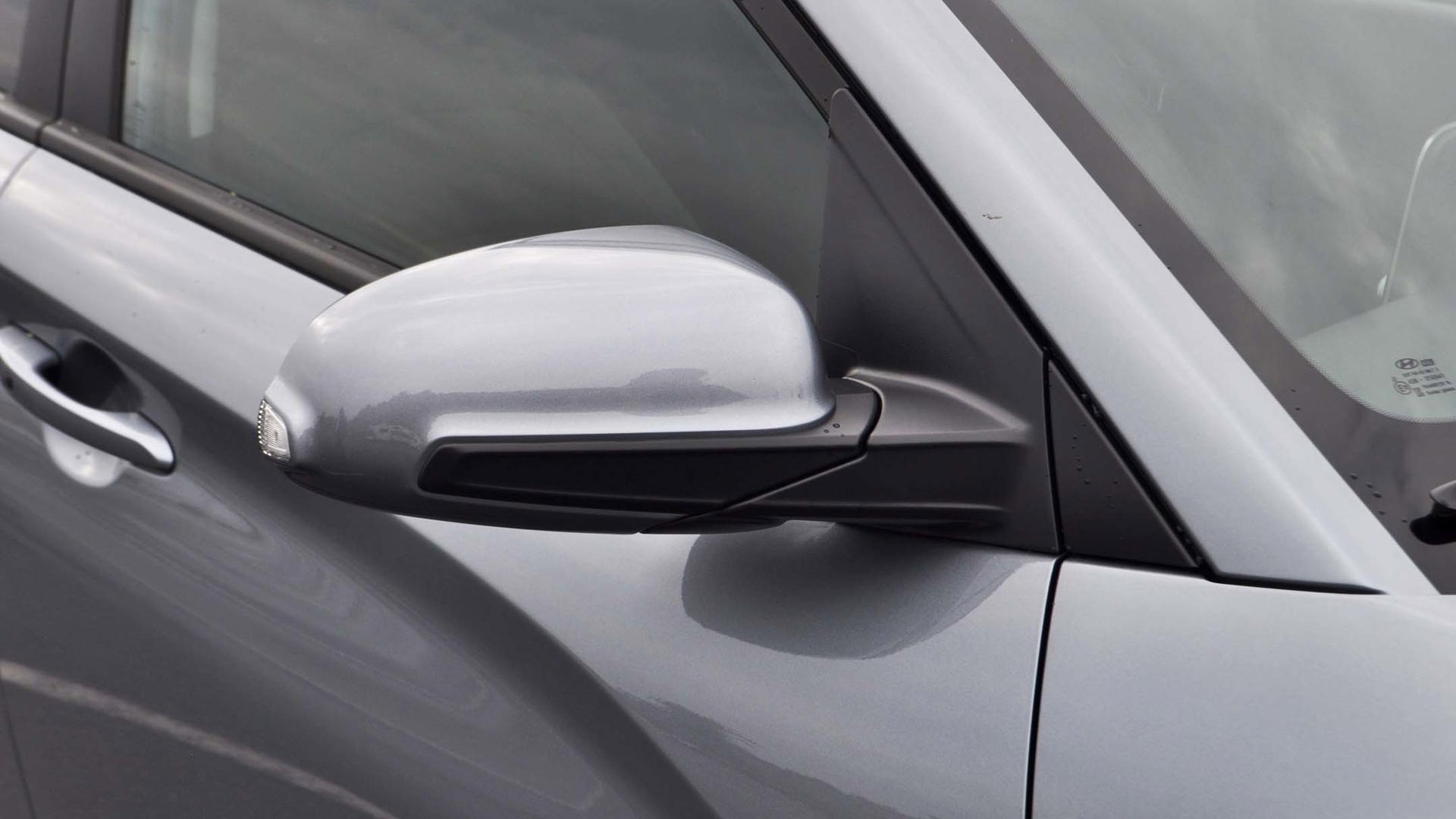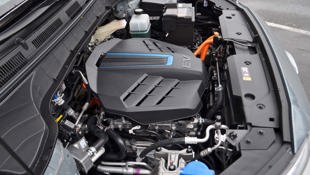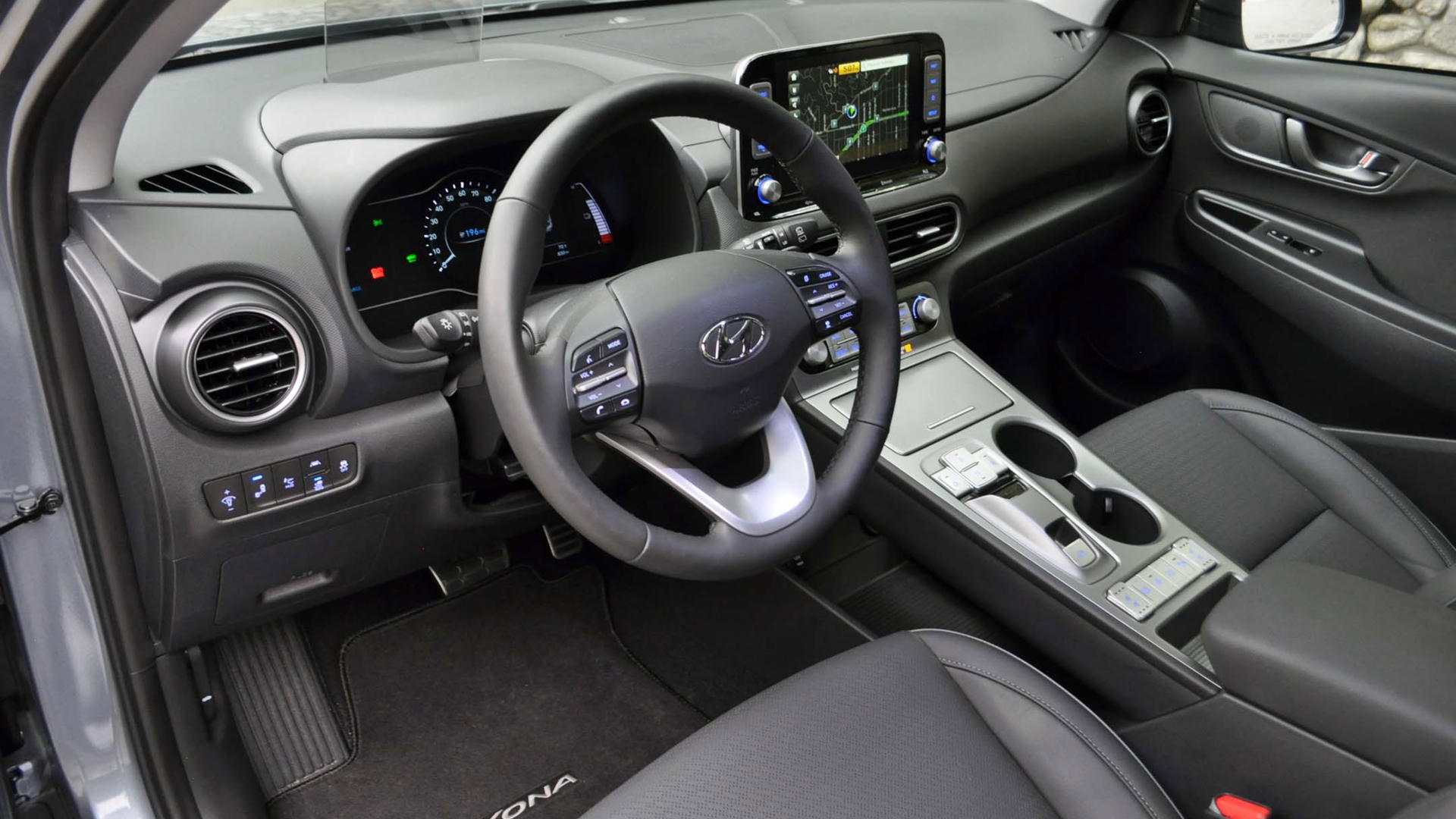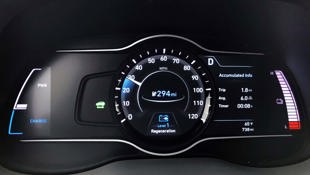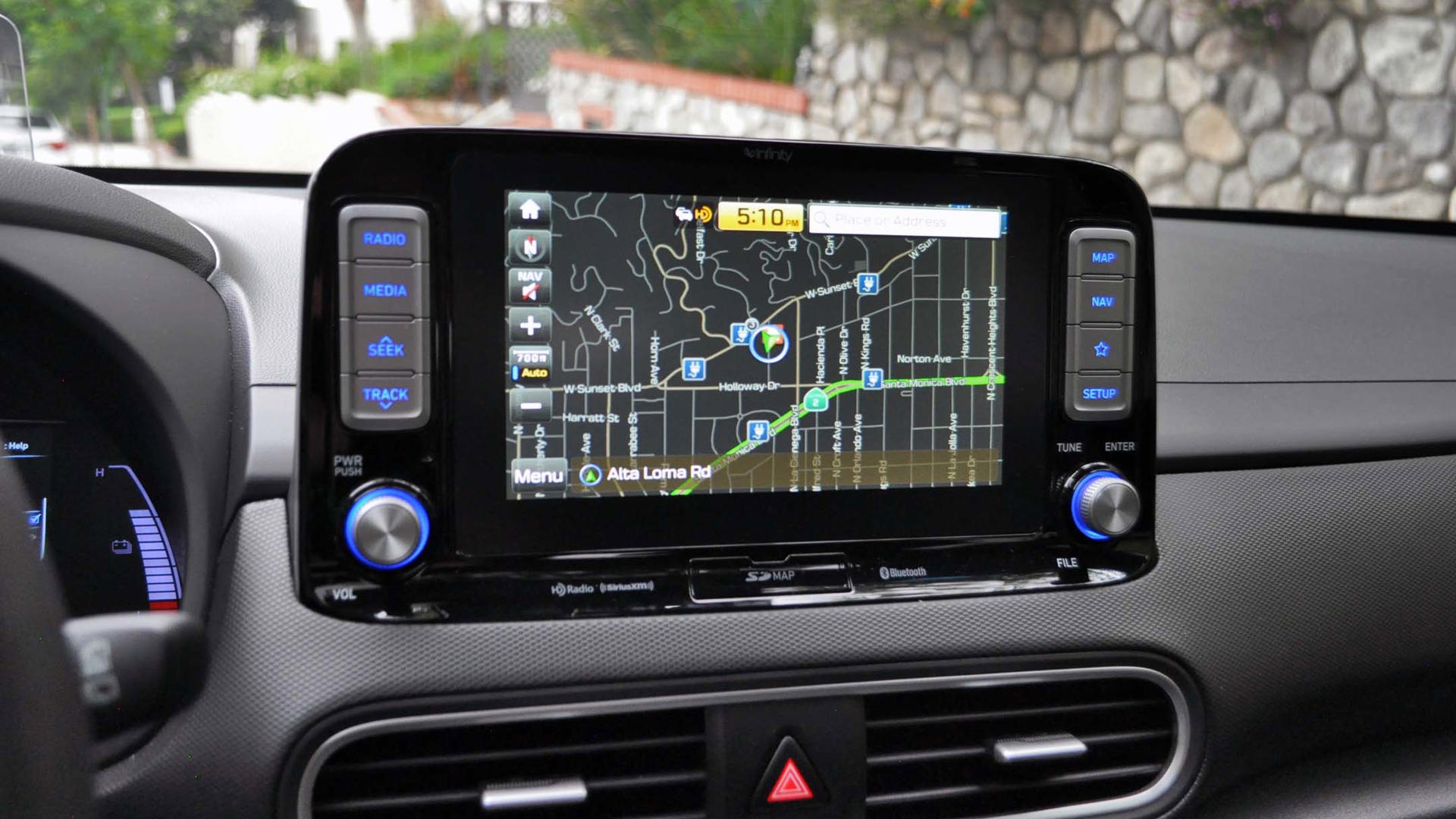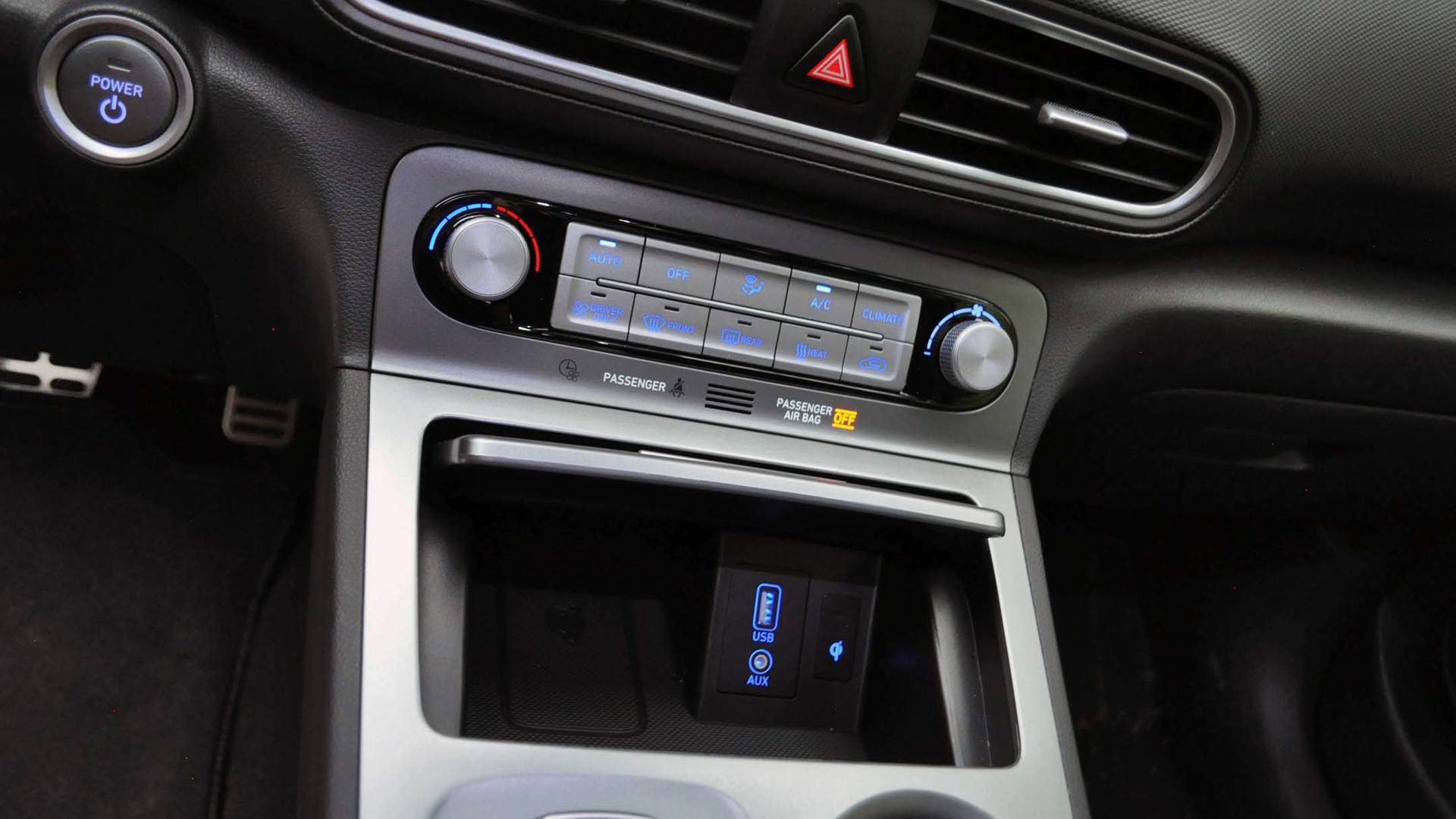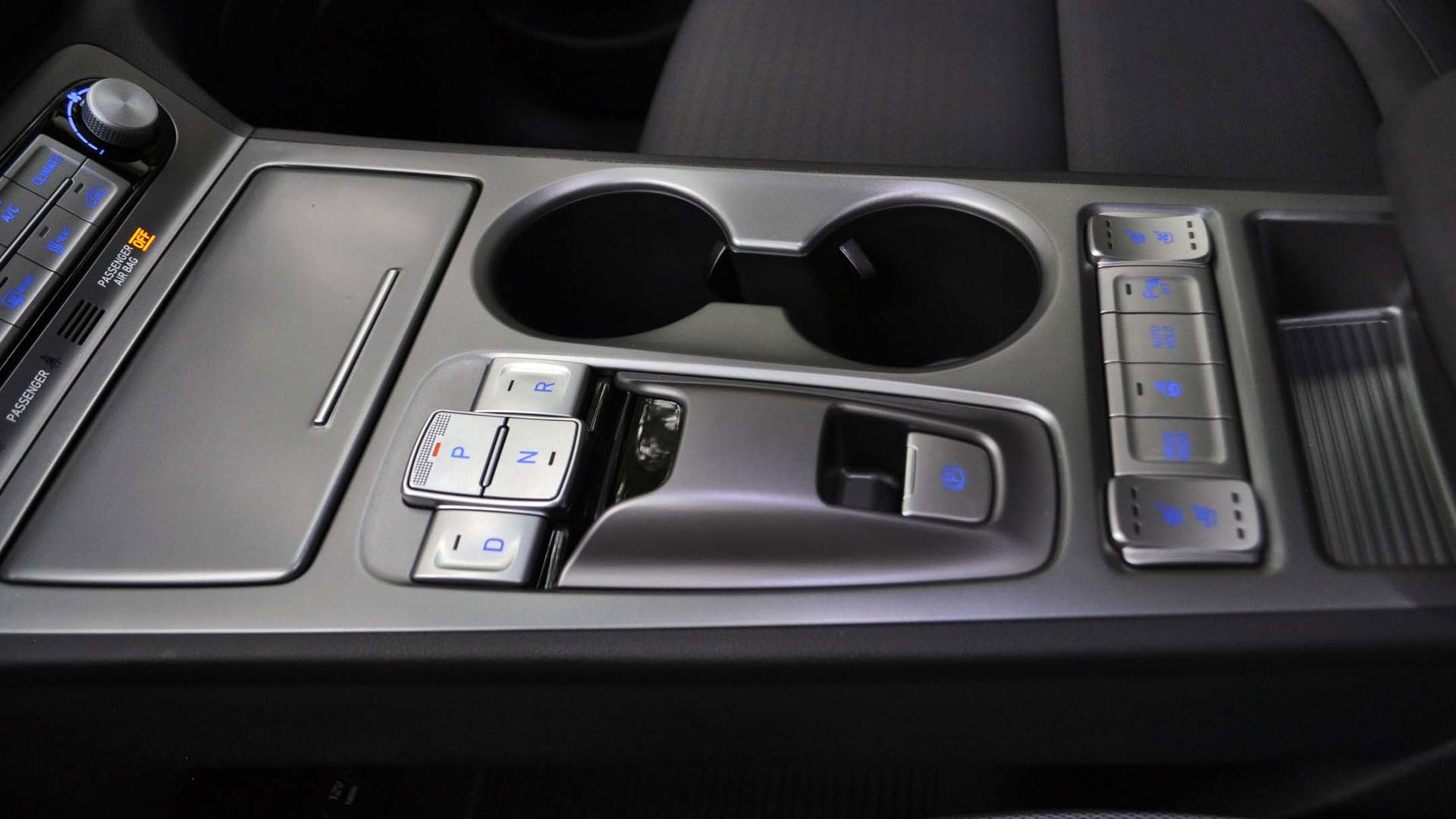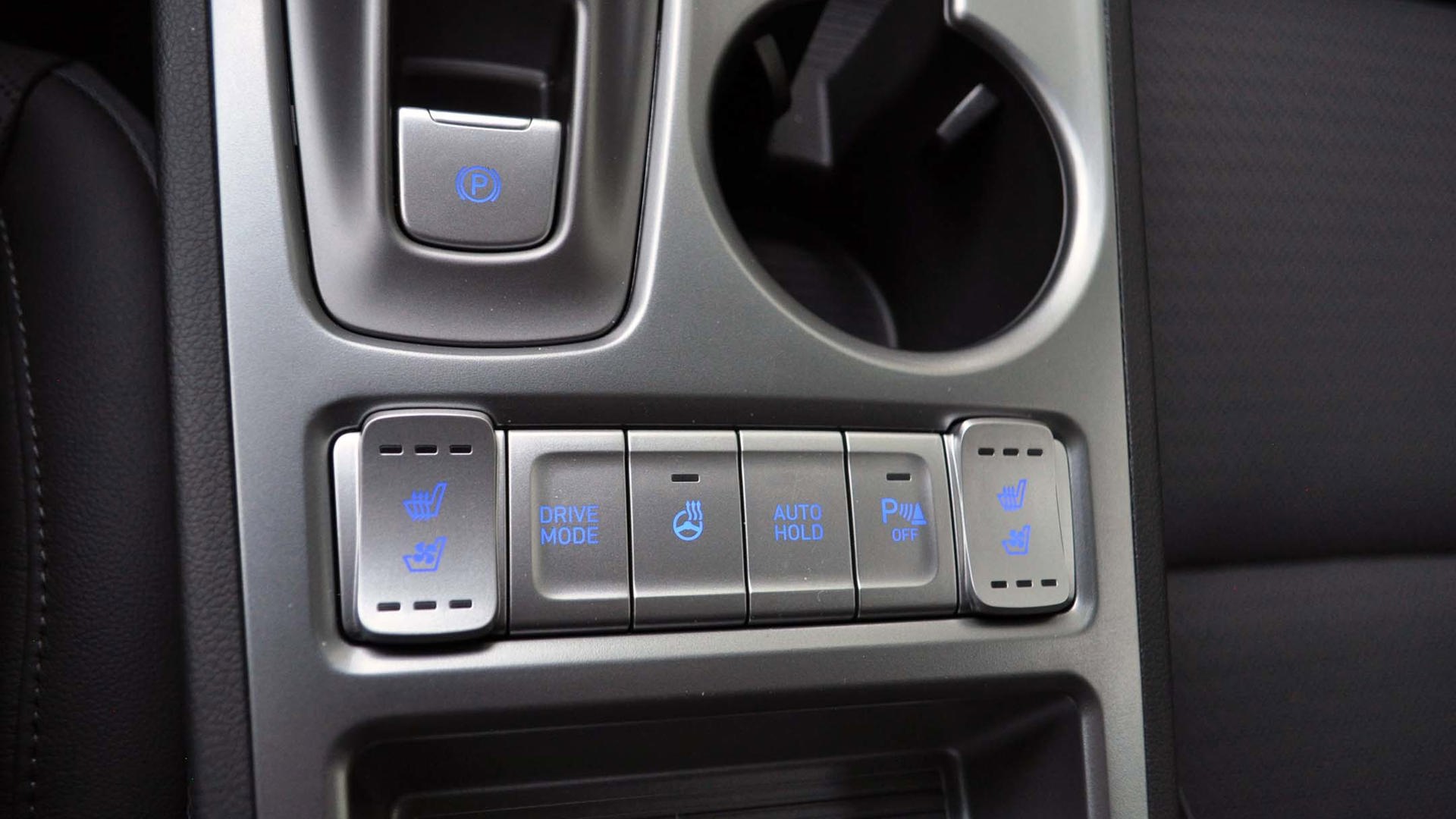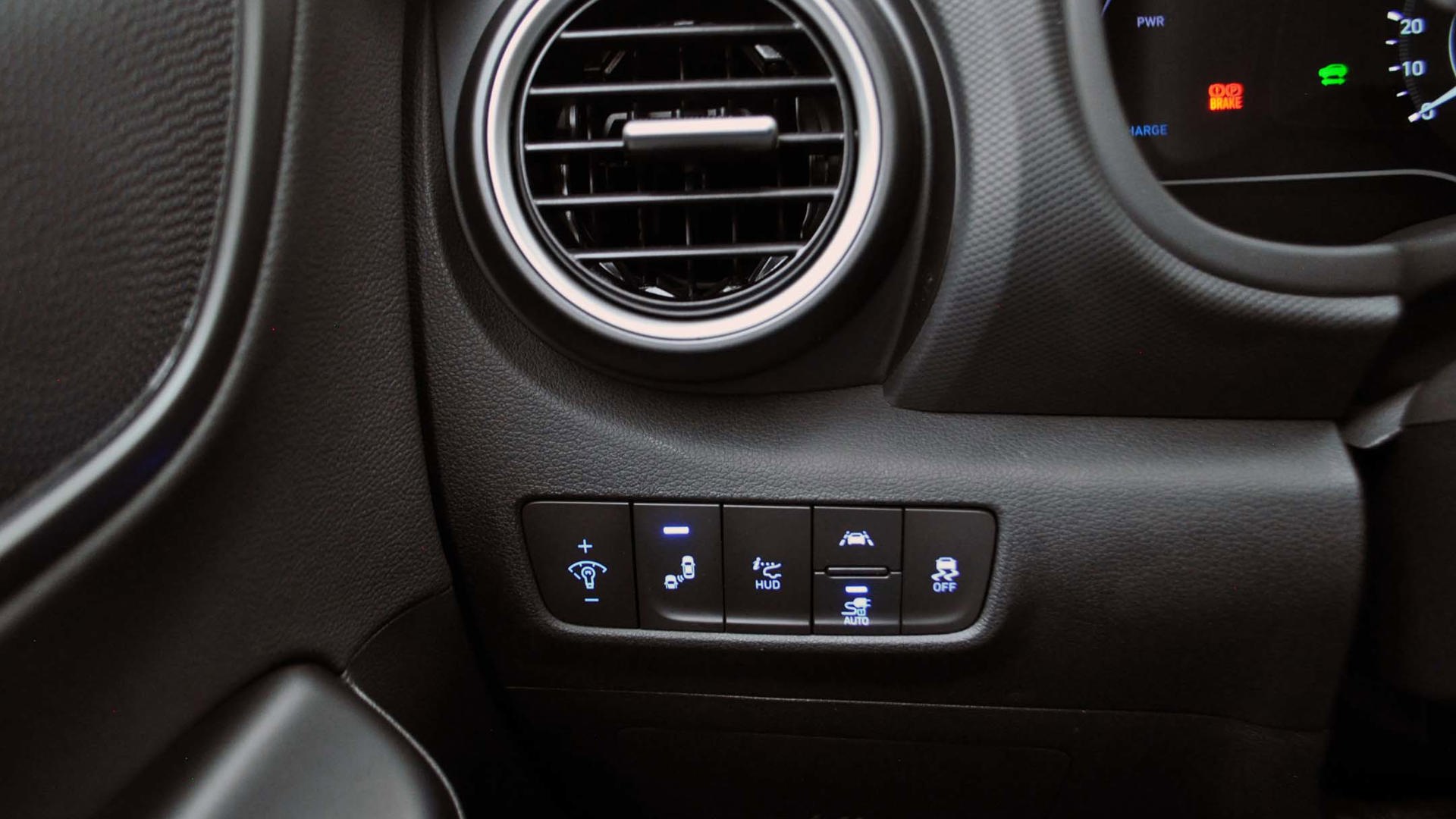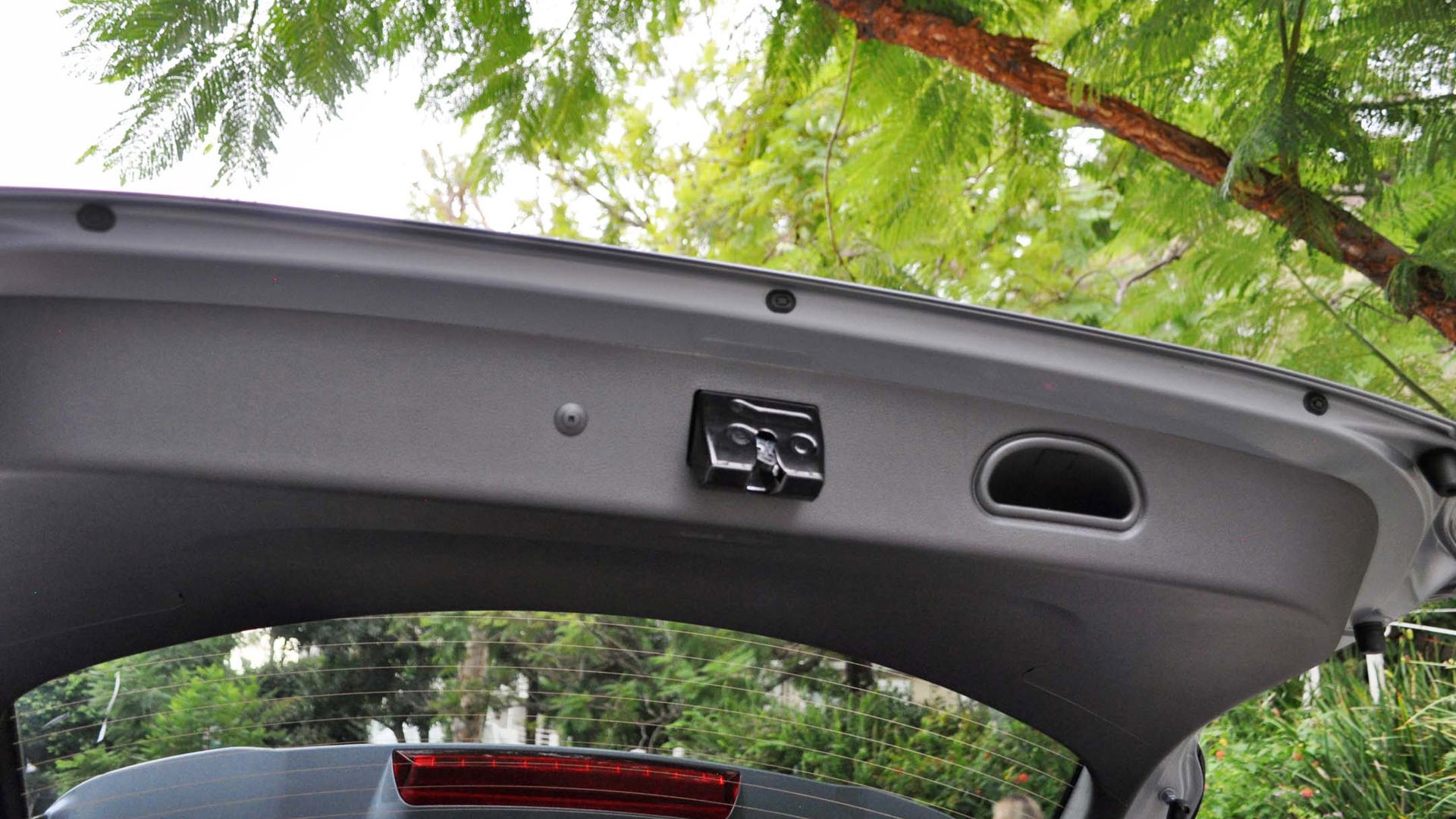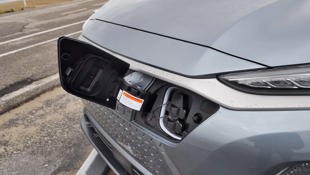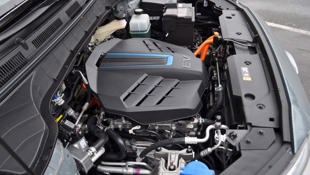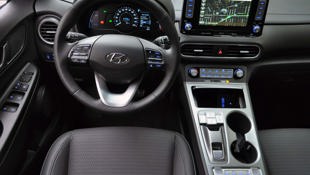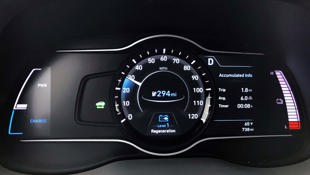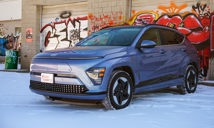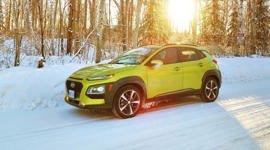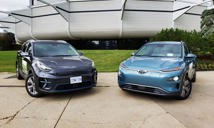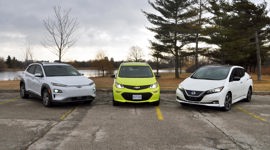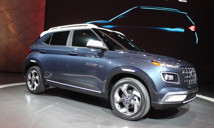WEST HOLLYWOOD, CA – With 415 km of official government-rated range, the 2019 Hyundai Kona Electric delivers a massive mic-drop to its compact electric vehicle competition: it has the longest all-electric range of any mainstream-priced EV, and in an SUV body. Boom!
Blows away other rivals
Even months before it’s set to start arriving in Canadian Hyundai dealers, before any dealer test drives have been done, and before it even has an official price, Hyundai has had to pause taking $1,000 pre-orders on the all-electric Kona crossover while they shored up the supply end.
“Demand is not the issue with these vehicles,” said Rafael Bechelli, Hyundai Canada’s manager of product marketing, noting that even with the cancellation of Ontario’s electric vehicle incentives, they haven’t noticed much change in the order lists, and the company is still bringing in the same number of units to sell in Canada, even if the distribution to buyers around the country may change somewhat. British Columbia and Quebec are the only provinces to currently offer EV incentives, up to $5,000 and $8,000 respectively, and unsurprisingly that is where demand is expected to be greatest.
Hyundai Canada hasn’t yet announced exactly what the Kona Electric’s starting price will be, but officials said it will be “comparable” to the Chevrolet Bolt – its closest EV rival – so roughly $40–45K to start. But considering the Kona Electric sports a battery at 64 kWh that’s slightly larger than the Bolt’s 60 kWh, it wouldn’t be surprising to see the Kona come in higher than the Bolt’s $44,400 starting price.
Range to roam, room to roam
That 415-kilometre range is an extra 32 km over the Chevrolet Bolt’s official 383 km figure, which until the Kona Electric hits the market will remain the title holder for the most range per charge of any BEV that starts under $45,000. And the Kona Electric really blows away other rivals – such as the Volkswagen e-Golf, which offers less than half (201 km) of the Kona Electric’s official range.
Granted, the e-Golf and Leaf start in the mid-$30K level, so thousands less than the Bolt already. But the Kona EV will still come in looking like a bargain considering its range and the fact that it offers equal cargo capacity as the regular gas Kona, a tough feat with so many battery cells to pack away, with the same 544 L of space, and seats that fold just as (almost) flat as in the gas Kona.
That healthy cargo area is only one part of the Kona EV’s SUV-ness that buyers will appreciate. Unlike the tall Bolt hatchback, the Kona Electric also offers the extra ride height and ground clearance that many buyers appreciate. Unfortunately, it won’t offer all-wheel drive, at least when it first arrives near the end of 2018, so that will cross it off the list of some potential crossover/SUV buyers.
Then again, if you want all-wheel drive in your all-electric SUV, you’ll be shelling out luxury-level funds for the just-released $86K+ Jaguar i-Pace, or six figures for a Tesla Model X.
Different on the inside
On this launch event in California, we drove both the Kona Electric as well as the 2019 Hyundai Nexo Fuel Cell vehicle (review to come), and it was fascinating to see and feel the differences of the two zero-emissions vehicles. The Kona Electric was the faster and friskier of the two, its more powerful motor doling out 201 hp and 291 lb-ft of torque, with a 7.6 second 0–100 km time that was able to easily get its front wheels spinning on accelerator dumps – especially on slightly wet roads – though that acceleration time is still about a second behind the Bolt.
With the Kona Electric looking largely like its gas-powered fraternal twin, outside of the EV’s slightly different wheels and grille-less front end that hides its charge port, the majority of differences notable to the driver come mostly inside, in the driving feel, and in the lower fuel costs (and higher purchase price, surely).
The Kona Electric’s larger centre screen and available buttons instead of a shift knob impart a more futuristic and tech-friendly feel to the interior, with “shift” paddles that are more accurately described as regen paddles, as they allow the driver to increase and decrease the amount of brake regeneration applied when lifting off the right pedal. It’s not the extreme driving-in-second-gear regen feel of a BMW i3, but it does allow for largely one-pedal driving in the “lower gear”, which we found extremely useful on the winding mountain roads just outside LA.
One peculiarity we found was the Kona EV’s low-speed pedestrian warning system – which provides an audible “presence” akin to a conventional internal combustion vehicle – that hummed noticeably louder than the Nexo’s system, and louder than any other EV we’ve tested, sounding more like a train in the distance than a “Watch out!” reminder to nearby pedestrians. It’s still quieter than most conventional cars, but in the world of EVs, it’s on the louder end of the spectrum.
Winter-ready, summer safe
The base Kona Electric will come standard with a winter-ready heat pump, which will help increase cabin heating efficiency in the wintertime. Level 3 CCS/SAE Combo quick-charging ability will also come standard, allowing roughly 200 km of range to be recharged in 30 minutes, while its 7.2 kW onboard charger allows for its large battery to be recharged from a single-digit percentage charge to full in roughly nine hours and 45 minutes.
The liquid-cooling ability of its batteries will also help in the summer to keep its batteries happy, even after multiple quick charges, say Hyundai executives. And while they acknowledge that range will be slightly less than rated in cold Canadian winters, they estimate its internal battery temperature controls will help the Kona EV keep the range degradation closer to 20 percent than the 40–50 percent range drop seen on some other earlier EVs.
At the end of the day, the toughest rival for the Kona Electric will likely be the gas Kona, because it’s significantly less expensive, and largely looks the same as the electric version.
But if you’re interested in getting the most range for the least number of dollars, or cutting your fuel bill roughly 75 percent, or are intrigued by the punchier power, very low maintenance, and quiet drive feel along with those minimal fuelling costs, then this Kona EV will be a clear market leader. For those with only one car, or a family with regular trips to the cottage or Grandma’s a couple hours away, the Kona Electric’s mic-drop may just be loud enough for them to hear the EV future calling.
